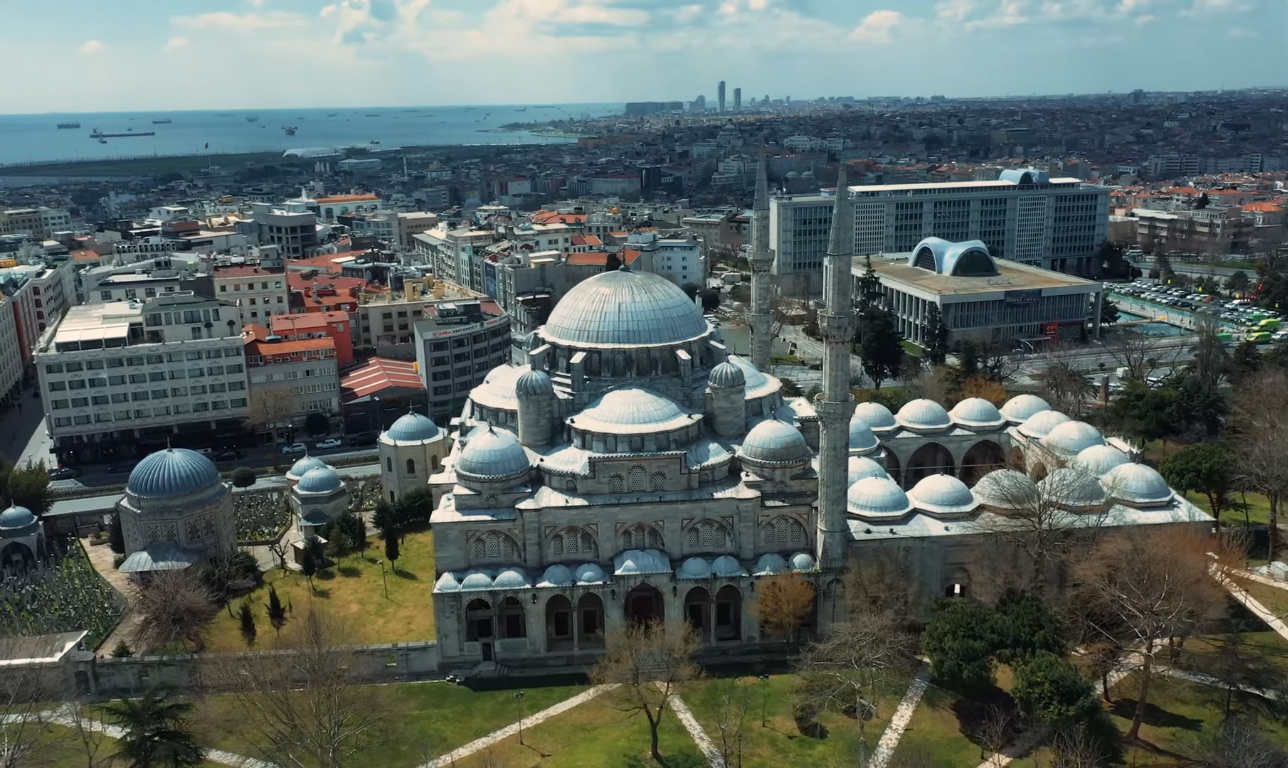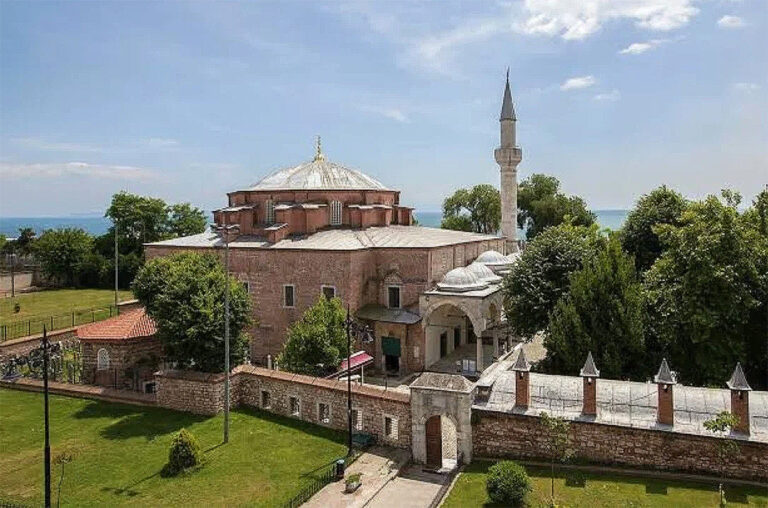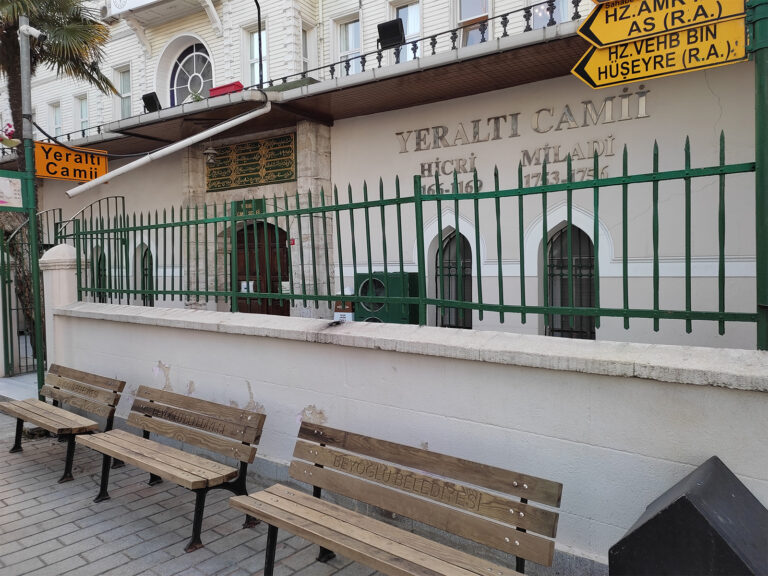Şehzade Mosque
The Şehzade Mosque Complex, also known as the Şehzade Külliyesi, is a significant architectural and historical site in Istanbul, dating back to the mid-16th century.
Key Information about Şehzade Külliyesi:
- Foundation and Significance:
- Commissioned by Sultan Suleiman the Magnificent in memory of his son, Prince Mehmed, who died in 1543.
- The complex is the first imperial complex designed by the renowned Ottoman architect, Mimar Sinan. It’s located in the area now known as Şehzadebaşı, on the road from Beyazıt to Edirnekapı.
- Construction and Components:
- Construction began in June 1543, with the Prince Mehmed’s tomb completed first.
- The mosque was opened for worship in August 1548, and other components like the madrasa, imaret (public kitchen), sıbyan mektebi (elementary school), tabhanes (lodging rooms), and a caravanserai with stables were constructed during this period.
- The complex’s arrangement includes the mosque and cemetery on Vezneciler Street, with other structures positioned around an outer courtyard.
- Independent buildings like the imaret and sıbyan mektebi are located on Dedeefendi Street.
- The complex was enriched with additional structures such as tombs, fountains, and a water balance system connected to the Beyazıt waterways over the next two centuries.
- Architecture and Restoration:
- The mosque represents a symmetrical plan with harmonious proportions between the prayer hall and the courtyard.
- Mimar Sinan ingeniously incorporated supporting buttresses into the arcaded galleries.
- The complex suffered damage in fires in 1613 and 1633 and was repaired under Sultan Murad IV’s orders. It also underwent significant restorations between 1994 and 1999.
- Other Components of the Complex:
- The medrese (Islamic school) completed in 1546 shows a parallel design to the mosque. It served as a girls’ dormitory for a long time and has been leased as a restaurant after the recent restoration.
- The caravanserai, showing early period features, is currently unused and in disrepair.
- The imaret and sıbyan mektebi have also fallen into disuse, with the former serving as a printing house for Istanbul University for a period.
- The cemetery houses six mausoleums and several graves of Ottoman dynasty members and notable figures.
- Cultural and Historical Value:
- Şehzade Külliyesi is noted for its architectural innovations and is one of the most impressive examples of Ottoman architecture.
- It represents a significant period in Mimar Sinan’s career, showcasing his early experiments in creating more fluid and dynamic spaces within the constraints of traditional Ottoman mosque design.
The Şehzade Mosque Complex not only serves as a religious center but also as a cultural and historical landmark, reflecting the architectural and artistic zenith of the Ottoman Empire.



